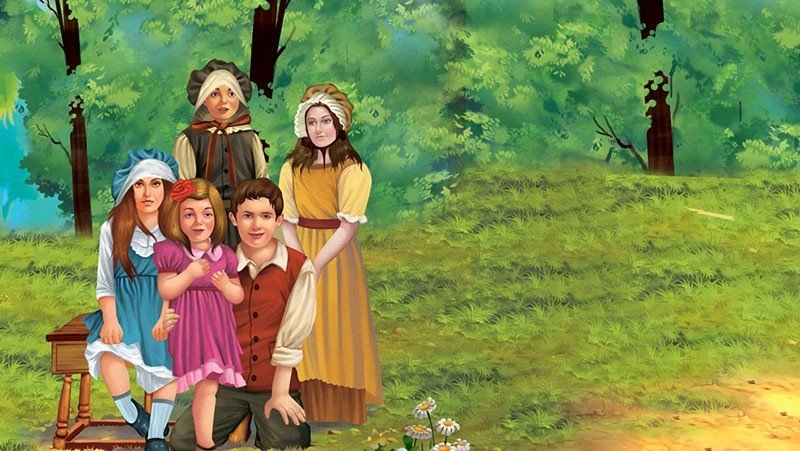Madame Marie Curie was born with the name Maria Sklodowska in Warsaw, on 7 November 1867. Her nickname was Manya, and was the youngest of the five siblings. She grew up in Poland in 1800’s, during the time when the country was dominated by Russian leaders.

Her mother was a school teacher, and Maria’s dad gave her science lessons and elementary training in it. Maria was involved in a student’s revolutionary organization, against the Russian invasion. at the age of 10, Maria lost her mother to tuberculosis.

at the age of 15, she graduated high school with high accolades and a gold medal. She wished to pursue her studies further, but was hindered since at the time girls weren’t allowed to go to universities.

Being determined to study, she joined a ‘floating university’ with her sister Bronislawa, which conducted
informal night classes where the police wouldn’t find them. Soon she heard about a school in Paris, which allowed girls to study, and struck a deal with her sister to work while the other studied in Paris.

Hence, Maria undertook a job as a governess and a tutor. During this time, she also taught poor Polish in her free time read books of physics, chemistry and mathematics, before heading out to Paris in the year 1891.

in paris, she enrolled in a school called Sorbonne and changed her name to Marie. Marie immersed herself in books, and successfully completed two master’s degrees in a span of 3 years. She also won a scholarship, at a time when not many girls studied the sciences.

She received a commission to undertake a study on metals and magnets. She was offered a lab for her experiments by a Professor and a french physicist Pierre Curie. The laboratory was old and small, but she was undeterred.

Marie conducted experiments on the powerful rays emitted by the substance uranium, and concluded that the rays came from the element’s atomic structure. This idea lay the foundation of what we study today as atomic physics, and coined the expression ‘radioactivity’ to describe the phenomena.

During this time Marie married Pierre, in the year 1895, and the Curies became a scientific duo. They further explored the concept of radioactivity and after investigations together, they discovered new radioactive elements Polonium (in the honor of Marie’s native land Poland) and Radium which meant ‘ray’ in latin.

Despite the many challenges, of raising a newborn daughter irene in 1897 and working in a cold and leaky lab, Marie and Pierre were at last able to legitimize their findings and prove it to those who didn’t believe the elements to be real.

Marie soon became the first woman to win the Nobel Prize, along with her husband Pierre for their astounding work of radioactivity in the field of Physics. People now believed in the work of the Curies, and they became eminent internationally.

in 1906, Pierre passed away in a tragic accident. Despite her grief, Marie continued her research and became the first female professor at the Sorbonne. in 1911, Marie won her second Nobel Prize, this time for her work in chemistry for discovering Polonium and Radium, becoming the first scientist to win two awards.

in 1914, on the breakout of World War i, Marie and her daughter put their discoveries and time to relieve the soldiers of their pain. They championed the use of X Rays, their tools and machines, which came to be known about as Little Curies.

She advanced her research, and gained funds from the then american President, Herbert Hoover. Marie could buy more radium and was set to make more discoveries! She also established a Radium Research institute in Warsaw

The radioactive materials, Curie worked with during the past several years took a toll on her health. She passed away in 1934, in Passy, France due to a disease caused by prolonged exposure to radiation. Her daughter irene went on to win a nobel prize too!

Today scientists and doctors have turned Marie’s discoveries into new energy sources and treatment for
cancer. Marie sometimes referred to the chemicals growing in the dark as fairy lights. Maybe, next time you see some chemicals illuminating, you’ll be reminded of the great Marie Curie. She is synonymous to determination, persistence and ambition.


